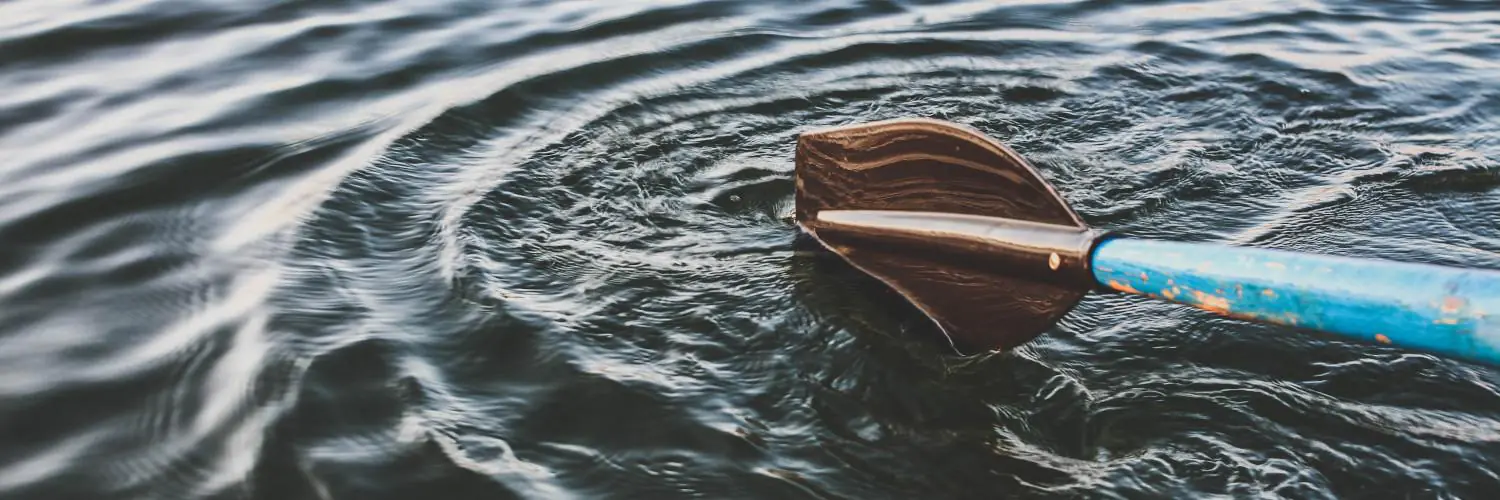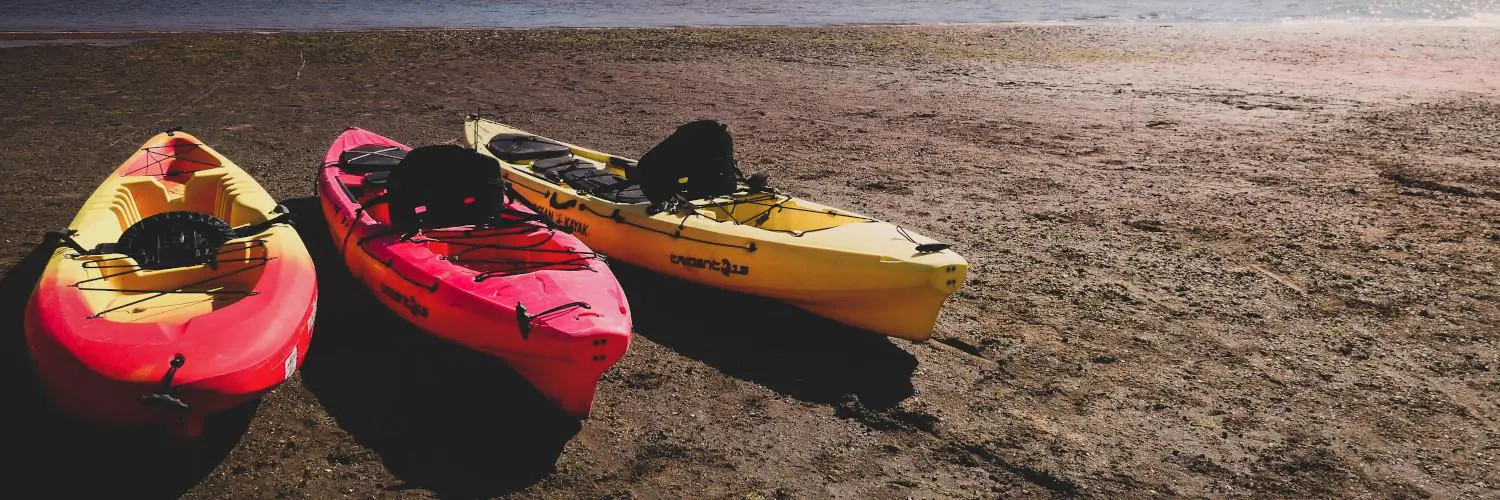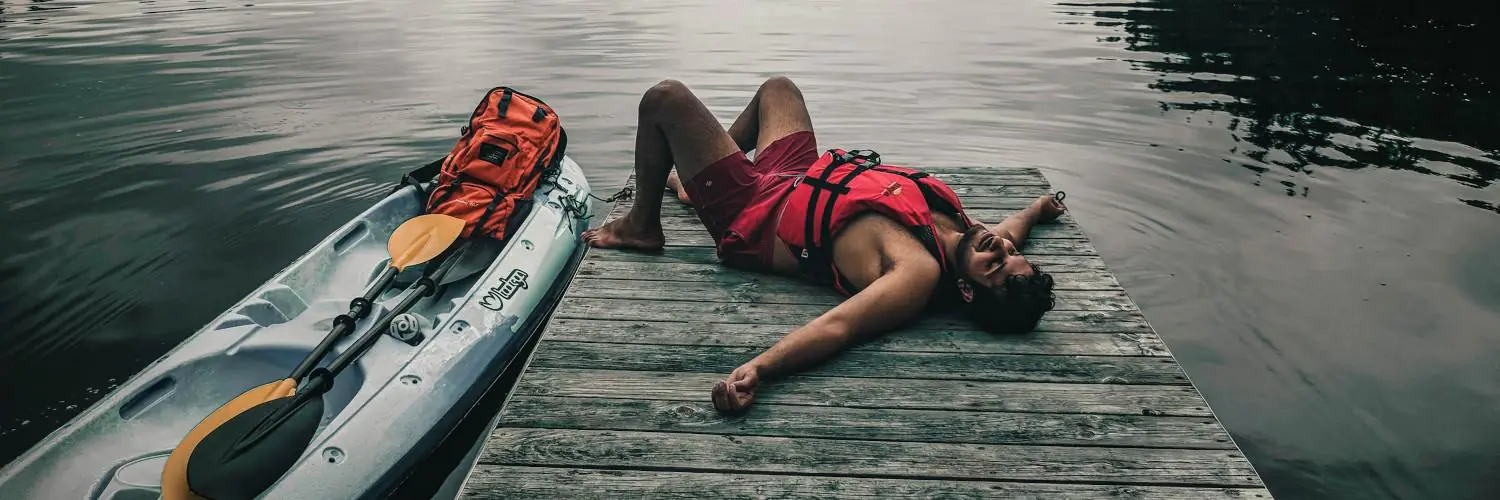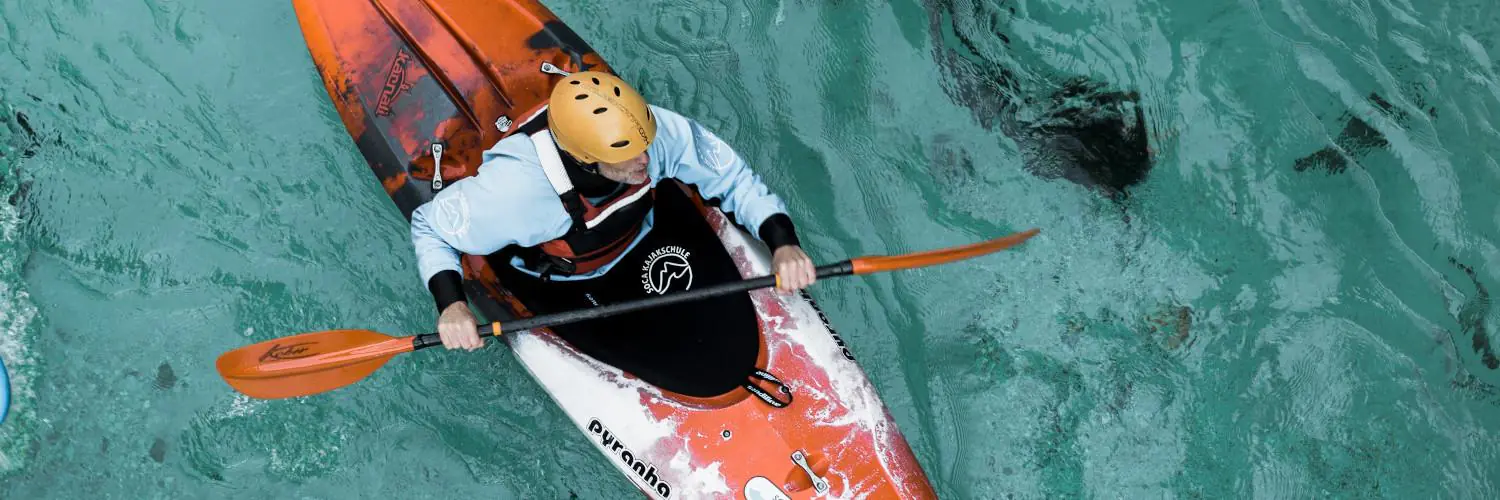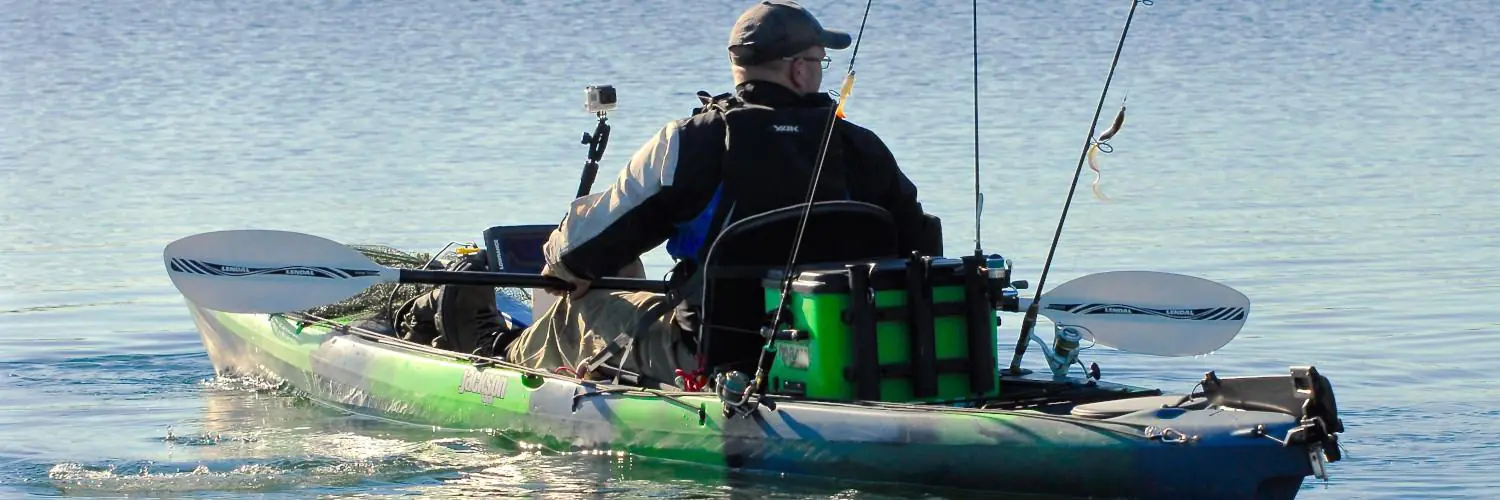Tying down a kayak to a car requires attention to detail and an understanding of the equipment involved to ensure the safety of both the vehicle and the watercraft during transportation. A front tie down is a critical step in this process, as it prevents the kayak from shifting or lifting off the car at high speeds or when encountering strong winds. The goal is to secure the front end of the kayak to the vehicle in a manner that is both firm and non-damaging to the equipment.
The act of securing a kayak with a front tie down involves the use of ropes or specialized straps that attach to the front of the kayak and then to a secure point on the vehicle, often near the front bumper or tow hooks. It’s imperative to use the correct knots or buckles and to apply the right amount of tension. Over-tightening can cause damage to the kayak or the car, while insufficient tension might lead to the kayak becoming unsecured. The front tie down complements the main straps that hold the kayak on the roof rack, providing additional stability.
A properly tied down kayak ensures that the drive to the water remains uneventful and the kayak arrives in the same condition as when it was loaded. Regular checks of the tie down during longer trips help prevent any slippage or wear that could arise from constant movement or changes in weather. With a combination of the right equipment and technique, transporting a kayak can be a smooth experience, setting the stage for a day of enjoyable paddling.
Table of Contents
Essentials of Kayak Tie Down
When securing a kayak for transport, it’s crucial to use reliable equipment and know the proper tie down points to ensure a safe journey.
Selecting the Right Equipment
One must choose the right gear for tying down a kayak. Ratchet straps are commonly used for their strength and ability to tighten the load firmly. However, when applying too much tension, they can damage the kayak, so caution is necessary. Alternatively, cam straps, which employ a cam buckle mechanism, offer a secure hold with less risk of overtightening, making them a preferred choice for many. It’s important to ensure that straps are in good condition, free of cuts or fraying, as compromised straps can fail during transport.
- Equipment Checklist:
- Cam straps or ratchet straps with protective cover to prevent scratches
- Roof rack with crossbars for vehicle-top mounting
- Cushioning materials such as foam blocks or padding to protect the kayak’s hull
Understanding Tie Down Points
The kayak should be placed on top of a roof rack, hull side down or on its side, depending on the design of the kayak and the rack. The primary tie down points are the crossbars of the roof rack. Straps should be looped over the kayak and securely fastened beneath these bars. There should be two straps: one roughly at the front and the other near the rear of the craft.
For additional security, the front and rear of the kayak should be tied down to the vehicle’s towing eyes or another secure point. This can be done using ropes or additional straps connected to the carry handles of the kayak to prevent it from shifting or lifting off the roof rack during travel.
- Tie Down Points:
- Crossbars: primary securing locations for straps
- Bow and stern: secondary anchor points, usually connected to the vehicle’s front and rear
Remember to periodically check the tension of the straps during travel, as they may need adjusting to ensure the kayak remains securely fastened.
Step-by-Step Tying Down Process
The tying down process is essential to transport a kayak safely. It involves precise positioning, secure fastening with straps, and final checks to ensure that everything is properly in place.
Positioning the Kayak
The kayak should be centered on the roof rack. The hull (bottom of the kayak) must face up if it’s a sit-on-top kayak, and the deck (top of the kayak) should face up for sit-inside kayaks. He or she ensures the kayak sits flat and is not tilted to either side, maintaining the vehicle’s balance and aerodynamics.
Securing with Straps
First, one must place cam buckle straps over the kayak’s hull, positioning them near the cockpit area for optimal hold. The straps are then looped around the crossbars of the roof rack, with the cam buckle situated on one side. By threading the strap through the buckle and pulling tight, the individual secures the kayak’s body. Care must be taken to not over-tighten, which might damage the kayak.
Bow and Stern Lines: When securing the bow and stern lines, the individual uses separate ropes or specially designed tie-downs. They attach one end to the kayak’s front and rear grab handles and the other to the towing hooks — usually located near the vehicle’s front and rear bumpers. A trucker’s hitch or another reliable knot is employed to create a firm but adjustable tension that keeps the kayak from shifting and lifting during travel.
Final Checks
After fastening, the individual goes around to tug on straps and ropes to test tension and ensure the kayak is steadfast. The bow and stern lines must be taut to prevent forward and backward movement. Also, one checks for any points where the straps and ropes might rub against the vehicle and cause damage. Any excess strap material should be secured to prevent flapping that could lead to wear or sudden loosening during the journey.
Preventing Damage and Ensuring Safety
To protect kayaks from damage and ensure safe transport, one must focus on proper padding and adhere to specific driving practices.
Appropriate Use of Padding
One key aspect is the correct use of padding between the kayak and the vehicle. Padding such as towels, foam blocks, or pool noodles can be strategically placed to prevent scratches and pressure points that can lead to hull deformation. The user should:
- Place padding under straps or ropes to avoid direct contact with the kayak’s surface.
- Utilize foam blocks specifically designed for kayak transport, providing a firm cushion that adapts to the kayak’s hull shape.
Safe Driving Tips with a Loaded Kayak
When driving with a kayak secured on top of a vehicle:
- Do not exceed high speeds as increased wind resistance can amplify the force on the kayak and its tie-downs.
- Perform regular checks to ensure straps have not loosened, especially when driving long distances or if the kayak has shifted.
By focusing on the use of appropriate padding and practicing safe driving habits, one can effectively mitigate risks of damage to the kayak and maintain safety on the road.
Special Considerations for Different Kayaks
When securing kayaks for transport, it’s important to account for their design and material. Specific techniques apply to sit-on-top and inflatable kayaks due to their unique structures.
Handling Sit-On-Top Kayaks
Sit-on-top kayaks, with their open cockpits and drain holes, are inherently more robust compared to their traditional counterparts. They often have well-defined attachment points such as scupper holes or dedicated tie-down points, which make them amenable to a variety of strapping options. For secure transport:
- Attachment: Use cam straps to connect directly through scupper holes or around the body of the kayak.
- Protection: Place foam blocks or padding at contact points to protect both the kayak and vehicle from abrasions.
Handling Inflatable Kayaks
Inflatable kayaks require a gentle approach to avoid punctures and maintain their shape. They typically don’t have as many rigid areas for strapping, necessitating careful placement of tie-downs:
- Attachment: Utilize the kayak’s D-rings or designated tie-down loops rather than overbearing pressure on its body.
- Pressure: Inflate the kayak just enough to maintain its shape without overinflation, avoiding the risk of expansion and damage under the sun’s heat during transport.
In both cases, the kayaker must ensure the tie-downs are snug, without over-tightening, to prevent warping the hull or damaging the kayak. Additionally, it’s crucial to regularly check the securement en route, adjusting as necessary to maintain safety.
Accessories and Additional Tips
When securing a kayak for transport, the right accessories and understanding of DIY solutions can significantly enhance stability and safety. Below are detailed methods and tools one can utilize to ensure their kayak is well-anchored for the journey.
Utilizing Additional Tools for Stability
A kayak’s stability during transport is paramount. Bow and stern tie-downs are essential equipment; they ensure the kayak doesn’t shift forward or backward. The use of a hood loop strap can offer a secure anchor point for these tie-downs, especially if the vehicle lacks appropriate towing eyes or cleats. Brands such as Yakima and Thule provide reliable lift systems designed to assist with mounting and securing kayaks on tall vehicles or for individuals who need additional support. Here’s a list of stability tools for reference:
- Bow and stern tie-downs
- Hood loop straps
- Yakima rooftop racks and lift assist
- Thule crossbars and tie-down systems
DIY Solutions and Online Resources
For enthusiasts preferring a more hands-on approach, DIY solutions allow for customization and potential cost savings. One can create their own hood loop straps from webbing or use non-scratch hooks designed to fit under the hood and provide a loop outside the vehicle. Online tutorials and resources are plentiful; searching DIY kayak tie-down yields various guides that offer step-by-step instructions. Additionally, forums and videos can be insightful, especially when they detail how to knot securely or retrofit existing equipment for enhanced functionality. Here’s a simple DIY bullet list:
- Construct hood loop straps with durable webbing
- Retrofit non-scratch hooks under the hood
- Research online for step-by-step guides and knot-tying videos
By leveraging the right accessories and exploring DIY options, kayakers can ensure a secure and stable transport setup for their vessel.


